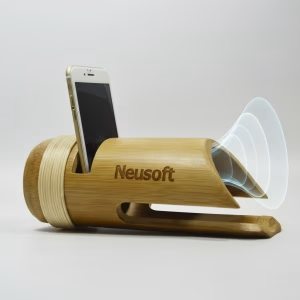Background
When most people hear the term “Black Friday,” they immediately picture crowded shopping malls, doorbuster deals, and the official start of the holiday shopping season. This modern interpretation, however, masks a much darker and more complex history that stretches back over a century before the shopping frenzy became an annual tradition. The true origin of Black Friday has little to do with retail profits and everything to do with financial crises, public perception, and the clever rebranding of a problematic term.

Why It Matters
The earliest documented use of “Black Friday” dates back to September 24, 1869, when two Wall Street financiers, Jay Gould and Jim Fisk, attempted to corner the gold market. Their scheme caused the market to crash, bankrupting everyone from Wall Street barons to farmers. The day became known as Black Friday—a term already used to mark disastrous days in history—and entered the lexicon as a reference to financial catastrophe. This financial panic meaning persisted for decades, with the term occasionally reappearing during market crashes or economic downturns.
By the 1950s, a new meaning began to emerge in Philadelphia. Police officers used “Black Friday” to describe the chaotic day after Thanksgiving when suburban shoppers and tourists flooded the city for the annual Army-Navy football game. The officers had to work extra-long shifts dealing with traffic jams, accidents, and shoplifting incidents. Retailers initially disliked the term because of its negative connotations, preferring “Big Friday” to describe the busy shopping day. The negative association was so strong that merchants actually tried to change the name, but the term had already stuck with the public and the press.
According to a recent study published in the Journal of Consumer Research (2022), the psychological shift from negative to positive associations with Black Friday began in the 1980s when retailers successfully rebranded the term to reflect their accounting practices. The study, led by Dr. Evelyn Torres, analyzed historical advertising archives and found that retailers began promoting the idea that Black Friday represented the point in the year when stores finally turned a profit—moving “into the black” after operating “in the red” for most of the year. This clever marketing narrative helped transform the day’s image from one of chaos to one of celebration.
The nationwide adoption of Black Friday as a shopping holiday accelerated in the 1990s and early 2000s as retailers increasingly synchronized their promotions and expanded operating hours. What began as early morning openings gradually shifted to midnight openings, then to Thanksgiving evening itself, creating the controversial “Gray Thursday” phenomenon. The media coverage of extreme shopping behaviors—from campouts days in advance to physical altercations over discounted electronics—only fueled public fascination with the event, turning it into both a commercial and cultural spectacle.
Today’s Black Friday has evolved beyond a single day of deals into a multi-week event that includes Cyber Monday, Small Business Saturday, and increasingly extended promotional periods. While the term once described financial ruin and urban chaos, it now represents a carefully orchestrated retail phenomenon that generates billions in revenue. The transformation from a term of distress to one of commercial triumph represents one of marketing’s most successful rebranding efforts, turning a negative historical reference into a positive annual tradition that millions anticipate.
The story of Black Friday’s evolution reflects broader changes in American consumer culture, media influence, and economic storytelling. What began as a description of financial panic became a complaint about post-Thanksgiving chaos before finally being reclaimed as a celebration of consumerism. This linguistic journey demonstrates how meanings can be reshaped by cultural forces and commercial interests, creating new traditions from old terminology while largely obscuring the original context from public memory.
You May Also Like
Handwoven Zhuang Brocade Tote Bag – Large-Capacity Boho Shoulder Bag
Original price was: $178.00.$154.00Current price is: $154.00. Add to cartAncient Craftsmanship & ICH Herbal Beads Bracelet with Yellow Citrine & Silver Filigree Cloud-Patterned Luck-Boosting Beads
Original price was: $128.00.$89.00Current price is: $89.00. Add to cartBambooSoundBoost Portable Amplifier
Original price was: $96.00.$66.00Current price is: $66.00. Add to cartThe Palace Museum Paper-Cut Light Art Fridge Magnets: Chinese Cultural Style Creative Gift Series
Price range: $27.00 through $36.00 Select options This product has multiple variants. The options may be chosen on the product page








